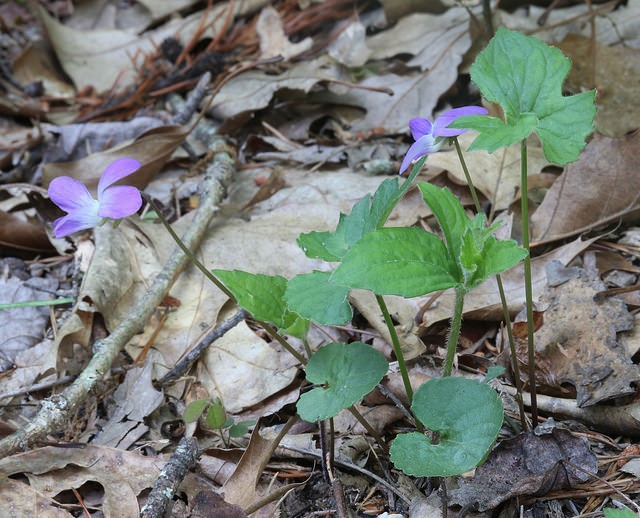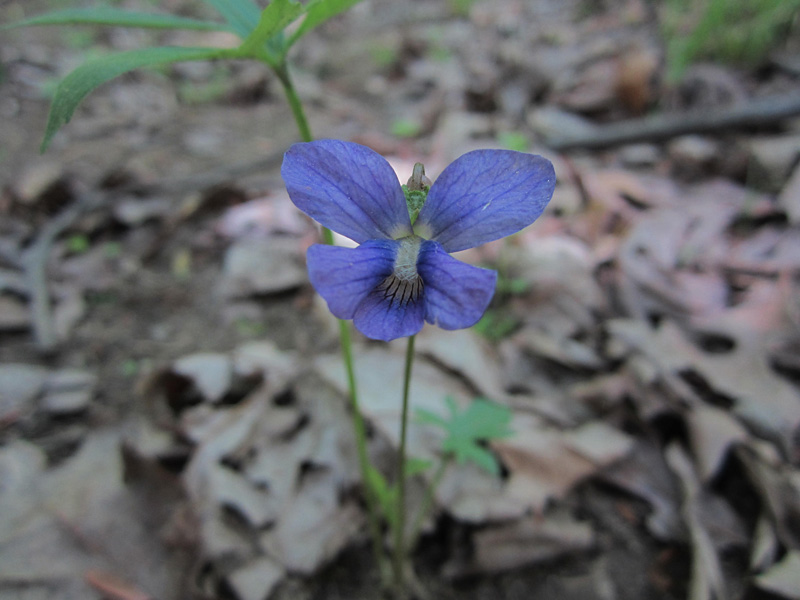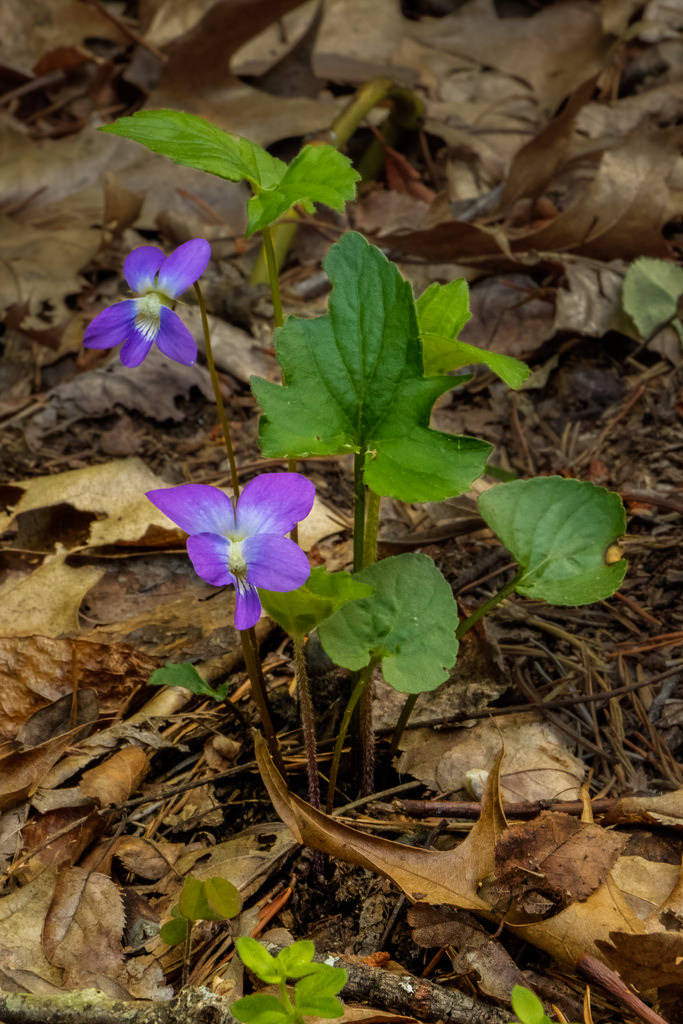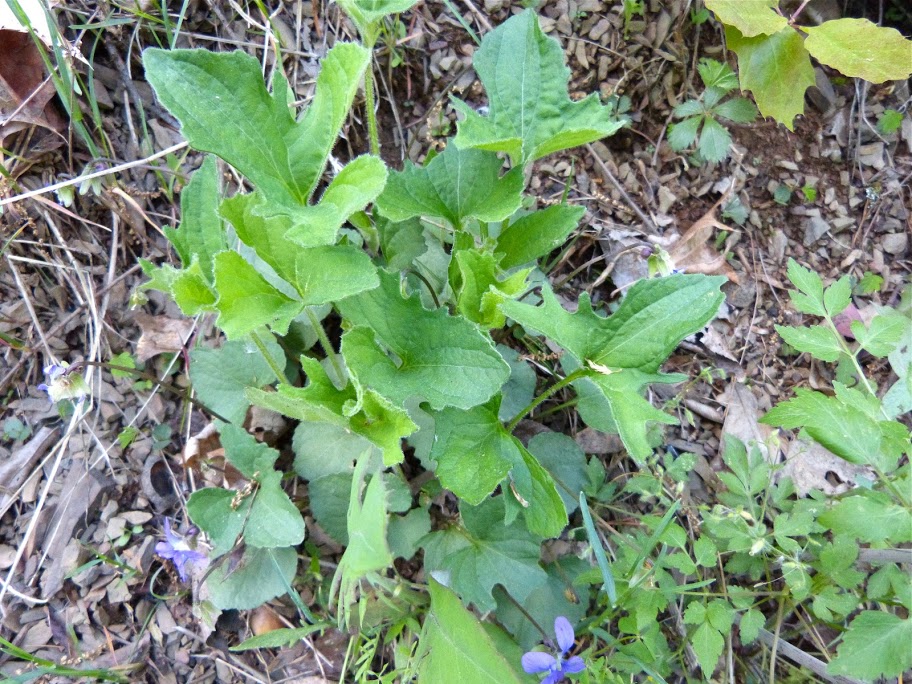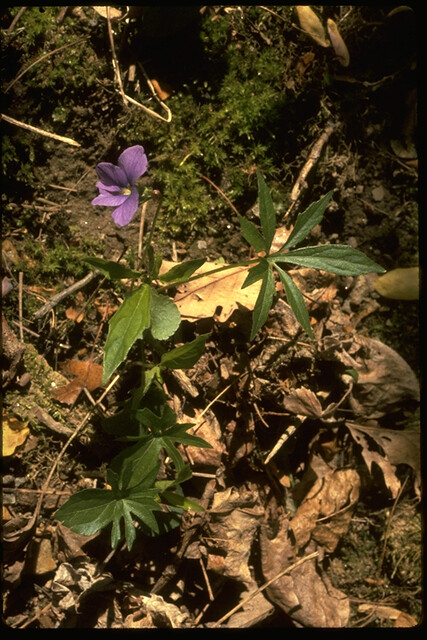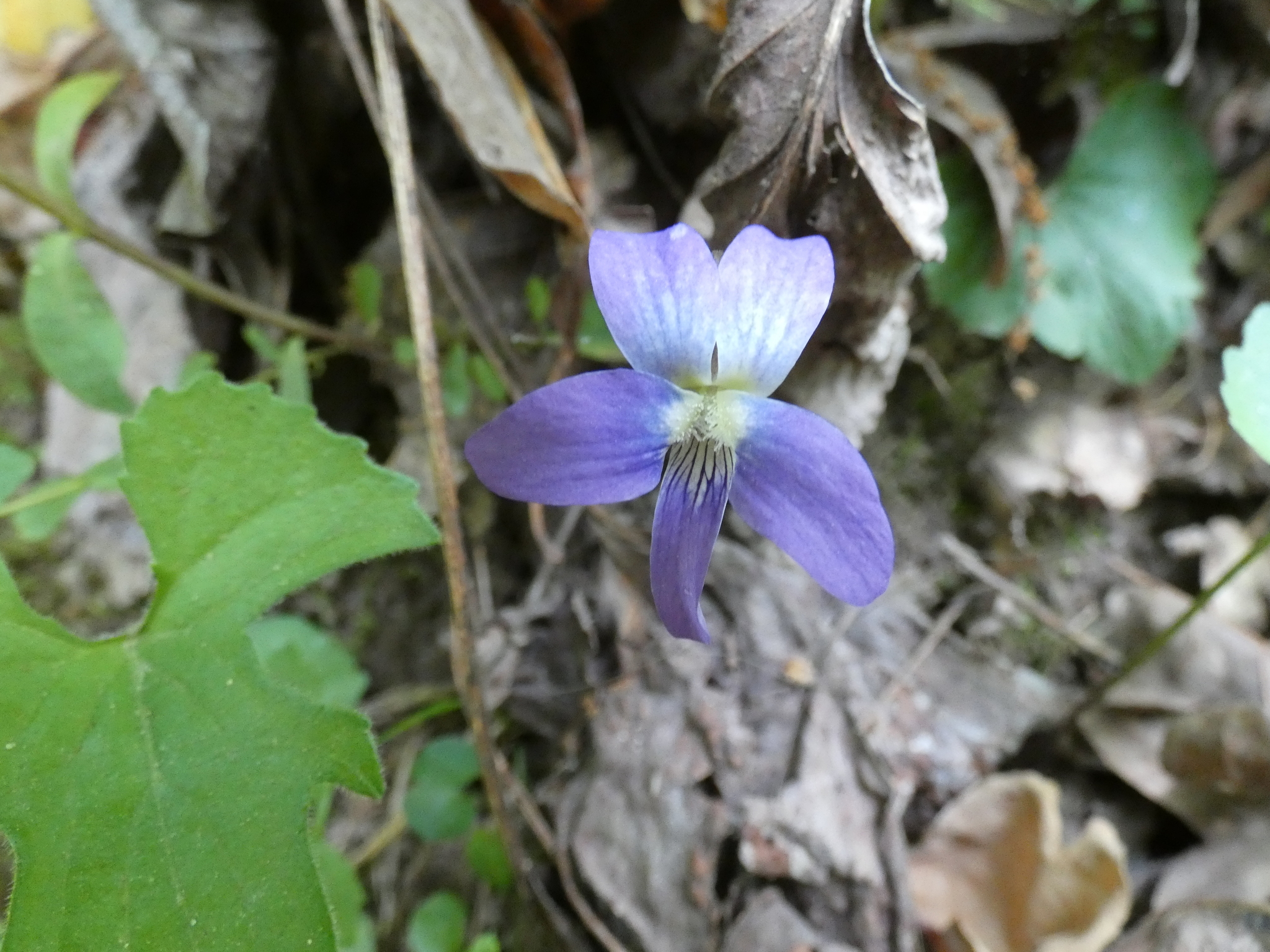Map Snapshot



















139 Records
Seasonality Snapshot
Use of media featured on Maryland Biodiversity Project is only permitted with express permission of the photographer.
Early Blue Violet in Garrett Co., Maryland (5/17/2018).
View Record Details
Media by
Kimberly Booth.
Early Blue Violet blooming in Allegany Co., Maryland (5/19/2016).
View Record Details
Media by
Jim Stasz.
Early Blue Violet blooming in Allegany Co., Maryland (5/1/2014).
View Record Details
Media by
Jim Stasz.
Early Blue Violet in St. Mary's Co., Maryland (5/3/2014).
View Record Details
Media by
Jim Stasz.
An Early Blue Violet blooming in Howard Co., Maryland (5/5/2013).
View Record Details
Media by
Joanne Solem.
An Early Blue Violet blooming in Howard Co., Maryland (5/5/2013).
View Record Details
Media by
Joanne Solem.
Early Blue Violet blooming in Garrett Co., Maryland (5/2/2015).
View Record Details
Media by
Jim Stasz.
Early Blue Violet in Frederick Co., Maryland (5/12/2016).
View Record Details
Media by
Elizabeth Miller.
Early Blue Violet in Allegany Co., Maryland (5/19/2016).
View Record Details
Media by
Ed Boyd.
Early Blue Violet in Allegany Co., Maryland (5/8/2019).
View Record Details
Media by
Mark Eanes.
A patch of Early Blue Violets in Allegany Co., Maryland (5/12/2013).
View Record Details
Media by
Jim Brighton.
Early Blue Violet in Anne Arundel Co., Maryland (5/4/2011).
View Record Details
Media by
Bill Harms.
Early Blue Violet in Frederick Co., Maryland (5/20/2019).
View Record Details
Media by
Mark Eanes.
Early Blue Violet blooming in Baltimore Co., Maryland (5/8/1981).
View Record Details
Media by
Jim Stasz.
Early Blue Violet blooming in Allegany Co., Maryland (5/30/2014).
View Record Details
Media by
Jim Stasz.
Early Blue Violet in bloom in Montgomery Co., Maryland (4/26/2020).
View Record Details
Media by
Jane Hill.
Early Blue Violet in Washington Co., Maryland (5/2/2020). (c) annagypsy, some rights reserved (CC BY-NC-SA).
View Record Details
Media by
annagypsy via iNaturalist.
Early Blue Violet in Dorchester Co., Maryland (5/22/2021). (c) Jim Brighton, some rights reserved (CC BY-NC).
View Record Details
Media by
Jim Brighton.
Early Blue Violet in Frederick Co., Maryland (5/12/2016).
View Record Details
Media by
Elizabeth Miller.
Source: Wikipedia
| Viola palmata | |
|---|---|

| |
| At the University of Wrocław Botanical Garden | |

| |
| Close-up of leaf | |
| Scientific classification | |
| Kingdom: | Plantae |
| Clade: | Tracheophytes |
| Clade: | Angiosperms |
| Clade: | Eudicots |
| Clade: | Rosids |
| Order: | Malpighiales |
| Family: | Violaceae |
| Genus: | Viola |
| Species: | V. palmata
|
| Binomial name | |
| Viola palmata | |
| Synonyms[1] | |
|
List
| |
Viola palmata, the trilobed violet, early blue violet, or wood violet (names it shares with other members of its genus), is a species of flowering plant in the family Violaceae.[1] Viola palmata is native to southeastern Canada as well as the eastern half of the United States.[2][3] Often confused with Viola triloba, V. palmata is a member of a class familiarly known as "blue stemless violets", characterized by its cleistogamous flowers on short prostrate peduncles, and often concealed under dead leaves or soil.[4]
References
[edit]- ^ a b "Viola palmata L." Plants of the World Online. Royal Botanic Gardens, Kew. Retrieved 27 December 2023.
- ^ NRCS. "Viola palmata". PLANTS Database. United States Department of Agriculture (USDA). Retrieved 16 October 2024.
- ^ "Flora of the Southeastern US". fsus.ncbg.unc.edu. Retrieved 16 October 2024.
- ^ Brainerd, Ezra (1910). "Viola palmata and Its Allies". Bulletin of the Torrey Botanical Club. 37 (12): 581–590. doi:10.2307/2479318. ISSN 0040-9618. JSTOR 2479318.

